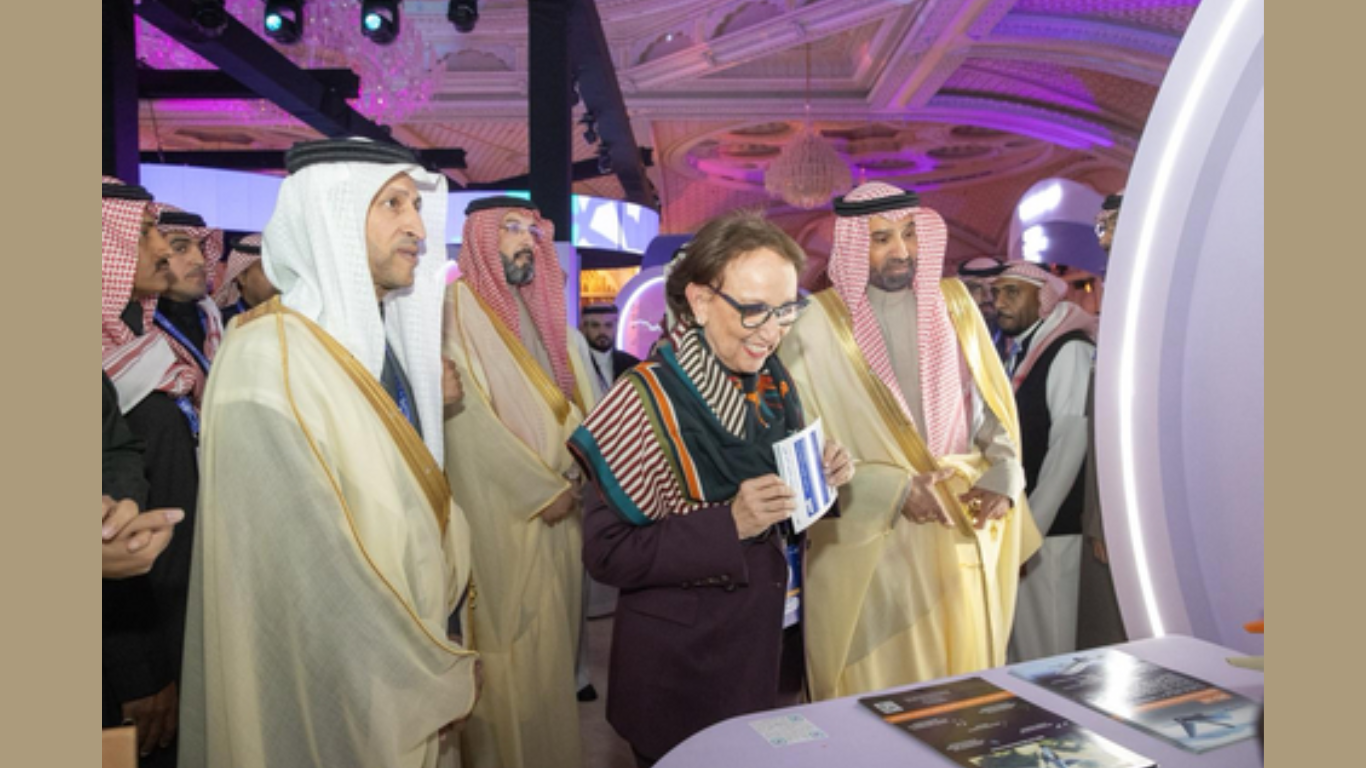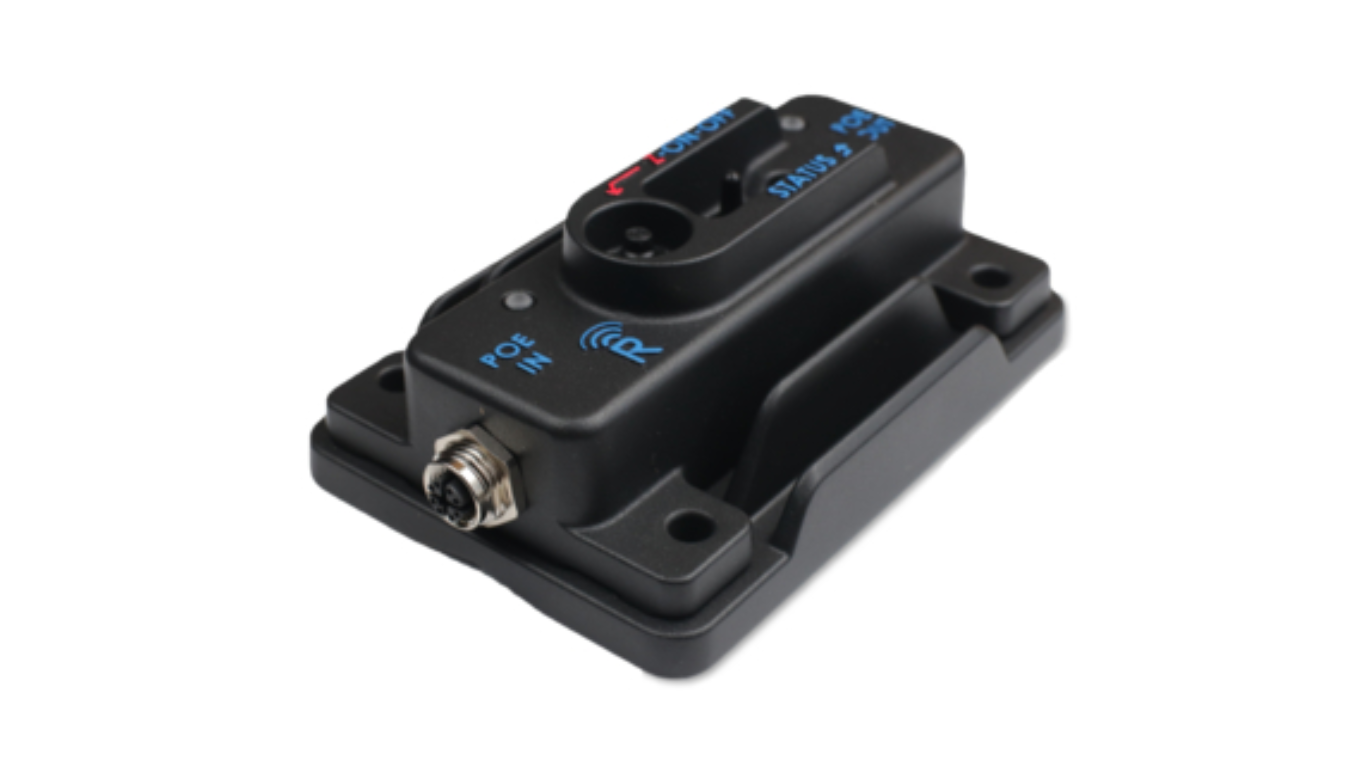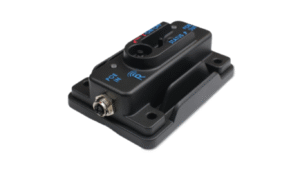The American dream isn’t just about pursuing opportunity—it’s about creating it. For international investors seeking to establish themselves in the U.S. market, understanding various immigration pathways can unlock significant business potential. While many investors immediately think of the EB-5 program, the CR-6 green card presents an often-overlooked opportunity that combines personal relationships with business aspirations.
The CR-6 immigrant visa category offers a unique blend of immigration benefits and market access that savvy international investors can strategically leverage. Though not primarily designed as an investment vehicle, this pathway can serve as a powerful foundation for building business operations in the United States.
What Is the CR-6 Green Card?
The CR-6 green card represents a conditional permanent residency status granted to spouses of U.S. citizens who have been married for less than two years at the time of approval. Unlike unconditional permanent residency, this immigration status comes with a two-year conditional period that requires specific steps to remove those conditions and achieve full permanent resident status.
This conditional green card differs significantly from other immigration categories because it’s relationship-based rather than employment or investment-driven. However, the business opportunities it creates shouldn’t be underestimated by international investors who find themselves eligible through marriage to U.S. citizens.
Professional guidance becomes crucial when structuring investments and business operations. Services like Pro Se Pro can help navigate the intersection of immigration compliance and business development, ensuring that investment strategies align with residency requirements while maximizing market opportunities.
CR-6 vs. EB-5: Understanding the Difference
Many international investors automatically gravitate toward the EB-5 visa program, which requires substantial financial commitments—typically $800,000 to $1.05 million in targeted employment areas. The CR-6 green card, by contrast, doesn’t require any minimum investment threshold since it’s marriage-based.
The EB-5 visa creates conditional permanent residency based on job creation and sustained investment, while the CR-6 green card establishes conditional permanent residency through marriage. Both pathways eventually lead to the same destination: unrestricted access to live, work, and invest in the United States.
For a concise primer on eligibility, timelines, and paperwork, check out CR-6 Green Card 101: What You Need to Know before you dive into the investment angle.
Eligibility Criteria for International Investors
USCIS eligibility for the CR-6 green card centers entirely on the marital relationship. The applicant must be legally married to a U.S. citizen, and the marriage must be less than two years old when permanent residency is granted. This creates a narrow but significant window for international investors who meet these personal criteria.
The spouse of U.S. citizen status automatically grants several immigration benefits that directly impact business planning. There’s no requirement to maintain specific employment or investment levels during the conditional period, unlike other investor-focused immigration categories. This flexibility allows for strategic business development without the pressure of meeting ongoing financial thresholds.
However, maintaining lawful permanent resident status requires demonstrating that the marriage remains genuine and ongoing. This adds a personal dimension to business planning that purely investment-based visas don’t require.
Legal Strategies to Align Investment Goals with CR-6 Residency

International investors holding CR-6 status enjoy remarkable flexibility in structuring their business activities. Since work authorization comes automatically with the conditional green card, there’s no need to navigate complex employment visa requirements or sponsor limitations.
Tax considerations also shift dramatically with permanent residency status. U.S. tax obligations apply to worldwide income, requiring careful planning for international investors with global holdings. However, this status also opens doors to domestic investment opportunities previously unavailable to non-resident aliens.
Investor Considerations During the Conditional Period
The two-year conditional period requires careful attention to immigration compliance while building business operations. Investment in U.S. markets during this time should consider the upcoming requirement to prove the ongoing validity of the marriage when petitioning to remove conditions.
Documenting business activities, maintaining clear financial records, and ensuring all investments comply with federal regulations becomes particularly important. The conditional green card doesn’t restrict business activities, but maintaining detailed documentation supports both business credibility and immigration compliance.
Benefits of Holding a CR-6 Green Card for Market Entry
U.S. market access through CR-6 status provides several distinct advantages for international investors. Work authorization allows direct involvement in business operations without visa restrictions. This means hands-on management of investments, direct employment in owned businesses, and unrestricted entrepreneurial activities.
Travel freedom enhances international business relationships while maintaining U.S. residency. The ability to travel internationally for business purposes without jeopardizing immigration status provides significant advantages for investors with global interests.
Permanent residency benefits extend beyond business operations to include access to U.S. financial markets, banking relationships, and credit facilities that remain difficult for non-residents to obtain. These advantages compound over time, creating increasingly sophisticated investment opportunities.
Should you misplace your card mid-deal, this guide on how to travel abroad while waiting for your green card replacement explains the travel-documentation work-arounds every international investor should keep in their back pocket.
How to Transition from Conditional to Permanent Residency
The I-751 petition to remove conditions represents a critical milestone for CR-6 holders. This process, typically filed during the 90-day period before the conditional green card expires, requires demonstrating that the marriage remains valid and ongoing.
Successfully removing conditions transforms the conditional green card into a permanent green card, eliminating the two-year renewal requirement and providing full permanent residency benefits. This transition enhances business credibility, simplifies long-term planning, and removes the uncertainty that conditional status can create in business relationships.
The permanent green card opens additional opportunities, including eventual eligibility for U.S. citizenship, which can further enhance international business capabilities through diplomatic protections and visa-free travel to additional countries.
International investors who find themselves eligible for CR-6 status shouldn’t overlook its potential as a pathway to U.S. market entry. While relationship-based rather than investment-driven, this immigration category provides the foundation for significant business opportunities in the American market.
Blog as received in the mail






























